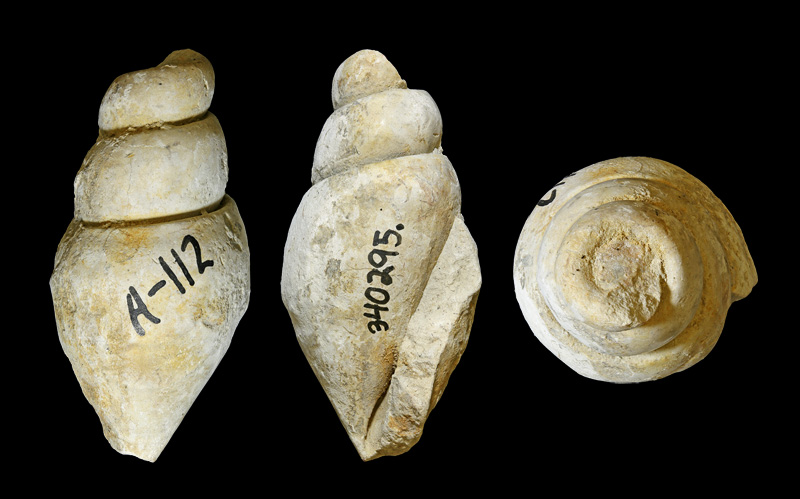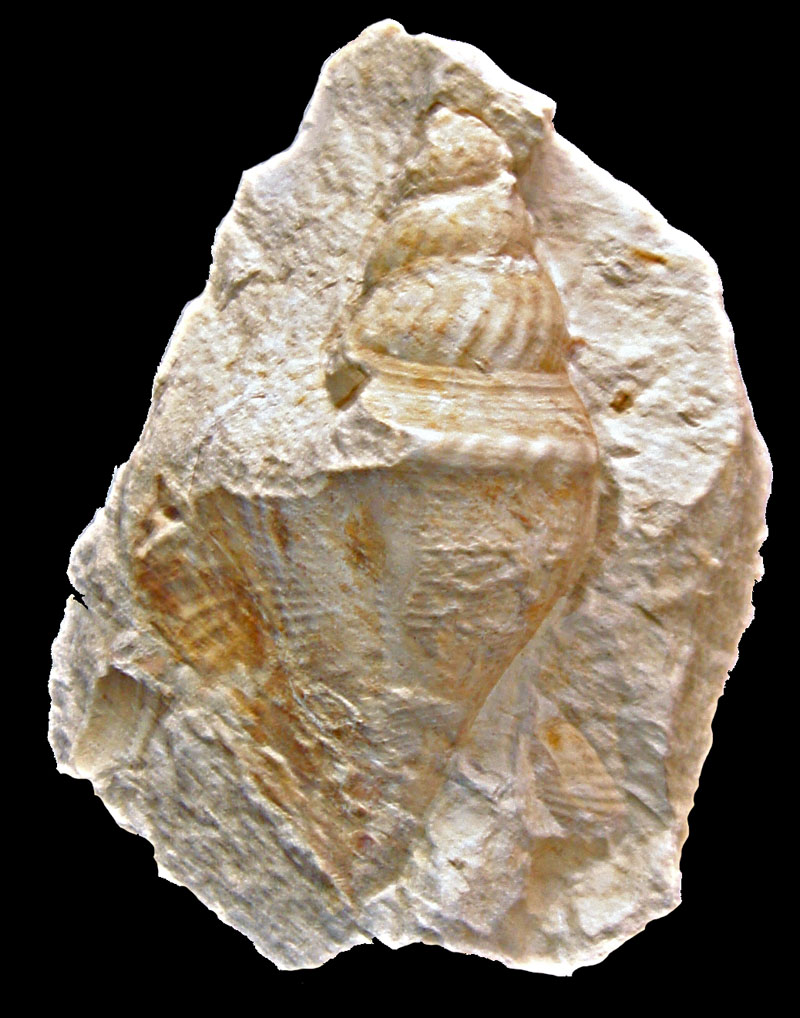
|
Species / Cuphosolenus Tarrantensis
Stromboidea
Original Description of Aporrhais tarrantensis by Stanton, 1947
Comment by Stanton: This species is one of the most common fossils of the Fredericksburg group and is the most abundant representative of the Aporrhaidae in the Comanche series. Several hundred specimens in the Geological Survey and National Museum collections are provisionally referred to it, but they arenearly all more or less imperfect internal molds, noe showing the full form of the outer lip,and many without anytraces of external sculpture. The most closely related Comanche forms are Aporrhais nuecensis and A. travisensis, from both of wich it may be easily distinguished, if any of the sculpture is preserved, by its finer and more numerous costae and more prominent spiral lines; the form of the outer lip also is clearly different from thaht of A. travisensis. Locus typicus: The Goodland limestone near Marshall's farm about 10 miles northwest of Denison in Grayson County (type locality); Comanche Peak limestone, and probably also the Walnut formation, 8 or 10 miles west of Fort Worth near Benbrook in Tarrant County; Comanche Peak limestone at Comanche Peak in Travis County, Seven Knobs in Somerwell County, Chalk Mountain in Erath County, near Fredericksburg in Gillespie County, at numerous localities near Austin in Travis County, and in the Fredericksburg group near El Paso, Texas; Fort Worth limestone at Fort Worth in Tarrant County, and near Bartons Springs in the neighborhood of Austin, Travis County; Washita group near Kent in Culberson County, Texas. Thus it seems to range through the Fredericksburg group into the Washita. Stratum typicum: Albian, Cretaceous Types: Coll. U.S.N.M.; Holotype, No. 77583; Paratypes, No. 77584, 77585. Dimensions: The best preserved of the types, a specimen of about average size, imperfect at both extremities, measures 61mm in height, and 25mm in maximum breadth exclusive of the expanded wing; with the apex and beak, restored the height would be about 72mm. Specimens from institutional collections  Aporrhais tarrantensis Stanton, 1947; Fredericksburg Group, Goodland Formation, early Cretaceous; about 170 ft of crumbly ls, hillside gullies, Benbrook, Tarrant County, Texas, USA; Coll. Yale Peabody Museum of Natural History IP 340295 Specimens from private collections  Cuphosolenus tarrantensis (Stanton, 1947); Fredericksburg group, Goodland formation, Albian, Cretaceous; construction site, Tarrant County, Texas, USA; 60 mm; 2018; Coll. Kim Pervis  Cuphosolenus tarrantensis (Stanton, 1947); Comanche Peak Limestone, Lower Albian, Lower Cretaceous; Texas, USA; 64,5 mm; Coll. Philippe Simonet References |